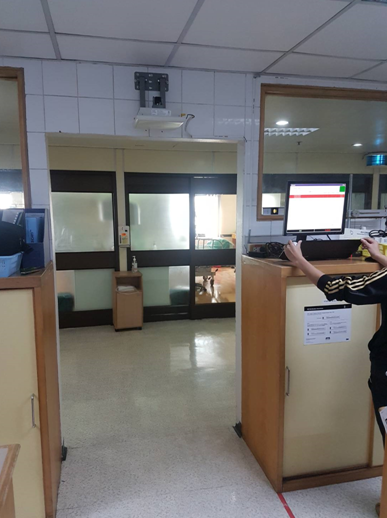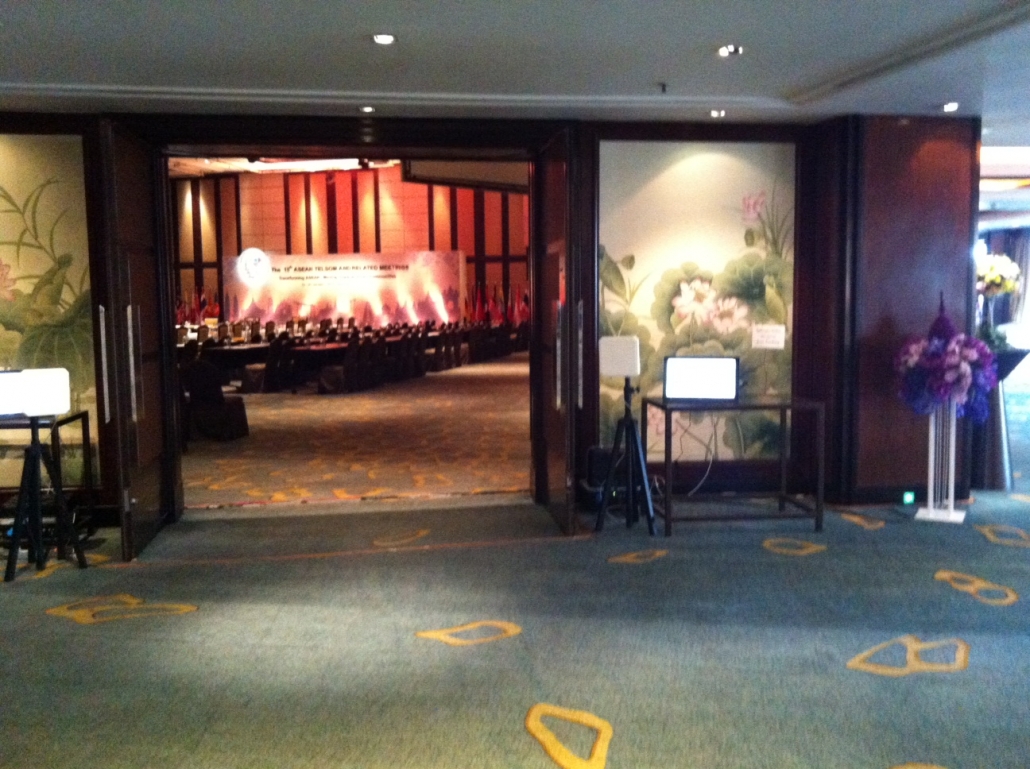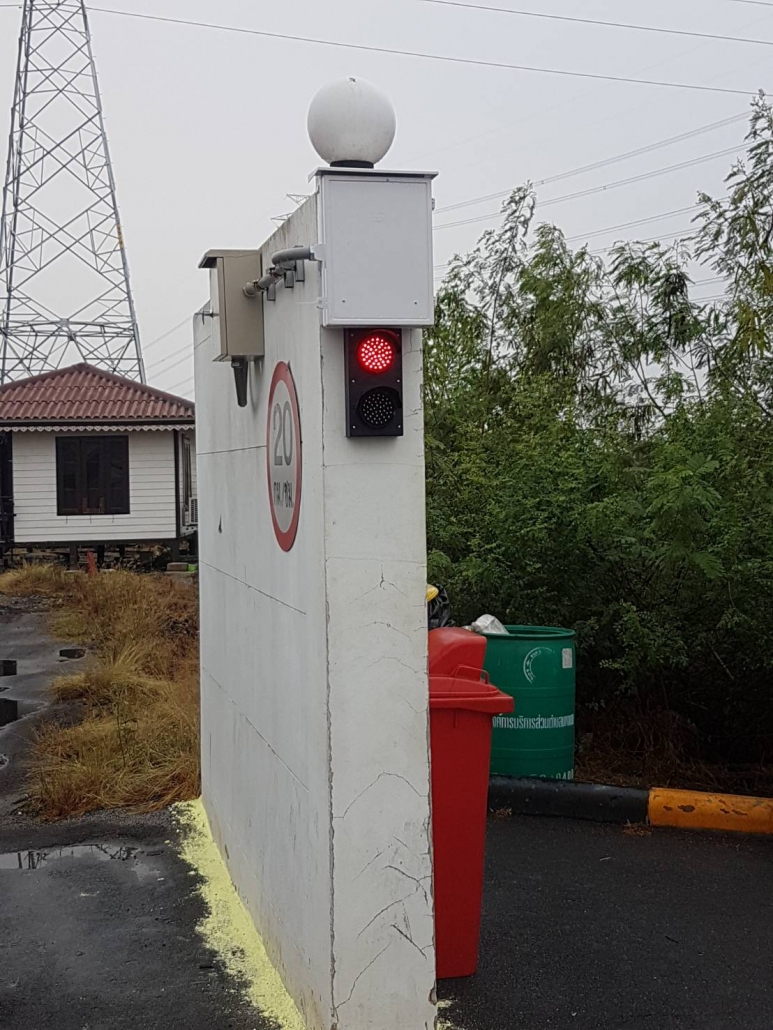Long Range Reader : USB RFID Reader
USB RFID Reader

Description
This reader supports applications that require desktop reading and writing of EPC Global Gen2 tags as well as other protocols such as ISO18000-6B, IPx and AEI ATA through additional license. It is controlled and powered by a host PC or laptop through a USB interface, and, in addition, supports autonomous operation.
Key Technica Data
- Dimensions: 97 mm x 61 mm x 25 mm
- Computer Interface: USB
- RF Interface: Internal antenna with an average gain of +1 dBi and external RP-SMA antenna connector
- DC Power: 4.5 to 5.5 VDC from USB cable
- Operating frequency: 920-925 MHz
- Supported transponders: EPC Gen2V2, ISO18000-63 standard, ISO18000-6B, IPx, AEI ATA are available through additional license
- RF Power Output: Adjustable from -5 dBm to 30 dBm* (1W), +/- 1.0 dBm accuracy with +20dBm default
- Reading distance typical: Up to 4 feet (1.2m) depending on tag sensitivity and orientation with internal antenna
- Performance tag read rate: 50 tag/second
- Operating temperature: –40 °C up to +60 °C
- Storage temperature: –40 °C up to +85 °C
- Standard conformity:
- FCC 47 CFR Ch. 1 Part 15
- Industrie Canada RSS-21 0
- ETSI EN 302 208 v3.1.1 (RED 2014/53/EU)
- Safety IEC 60950-1 (ed.2) US-17650-UL Power























